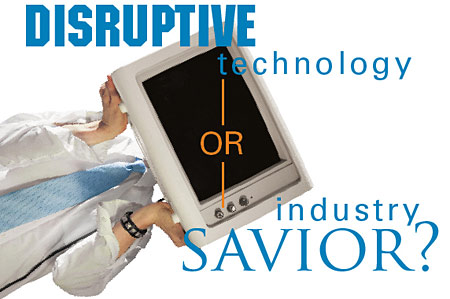 Somehow the discussion around "EDA" and "CEP" continues in the Blogsphere - Giles Nilson from Apama has published seven points , out of which I quite agree to the first five. Jack van Hoof, who started this whole thread of discussion, argues that "CEP is not the beginning but finishing of EDA". So what is the answer? head or tail ? the right answer is --- it depends. Some customers work with methodic architecture way, in which first the EDA architecture is being set up, and then CEP tools are invoked on top of this architecture -- this is the case that Jack is talking about. However, in some cases, customers don't apply architectural thinking, but just acquiring some application that is implemented with CEP tool, and thus it introduces a kind of EDA ad-hoc for a specific application, this is the case that Jiles is talking about.
Somehow the discussion around "EDA" and "CEP" continues in the Blogsphere - Giles Nilson from Apama has published seven points , out of which I quite agree to the first five. Jack van Hoof, who started this whole thread of discussion, argues that "CEP is not the beginning but finishing of EDA". So what is the answer? head or tail ? the right answer is --- it depends. Some customers work with methodic architecture way, in which first the EDA architecture is being set up, and then CEP tools are invoked on top of this architecture -- this is the case that Jack is talking about. However, in some cases, customers don't apply architectural thinking, but just acquiring some application that is implemented with CEP tool, and thus it introduces a kind of EDA ad-hoc for a specific application, this is the case that Jiles is talking about. My guess is that most early adopters have applied CEP in ad-hoc way, so it serves as a "head" for more EDA in the future, while recently we see more customers looking at EDA first, since they are taking it from enterprise architecture perspective.
If we'll take the CEP functionality -- finding patterns on multiple events, it may not be implemented on EDA at all -- since the same technique may fit to "non event" environment.
More - Later.

